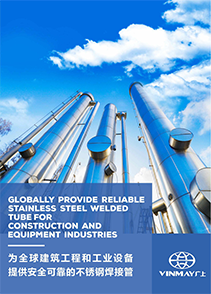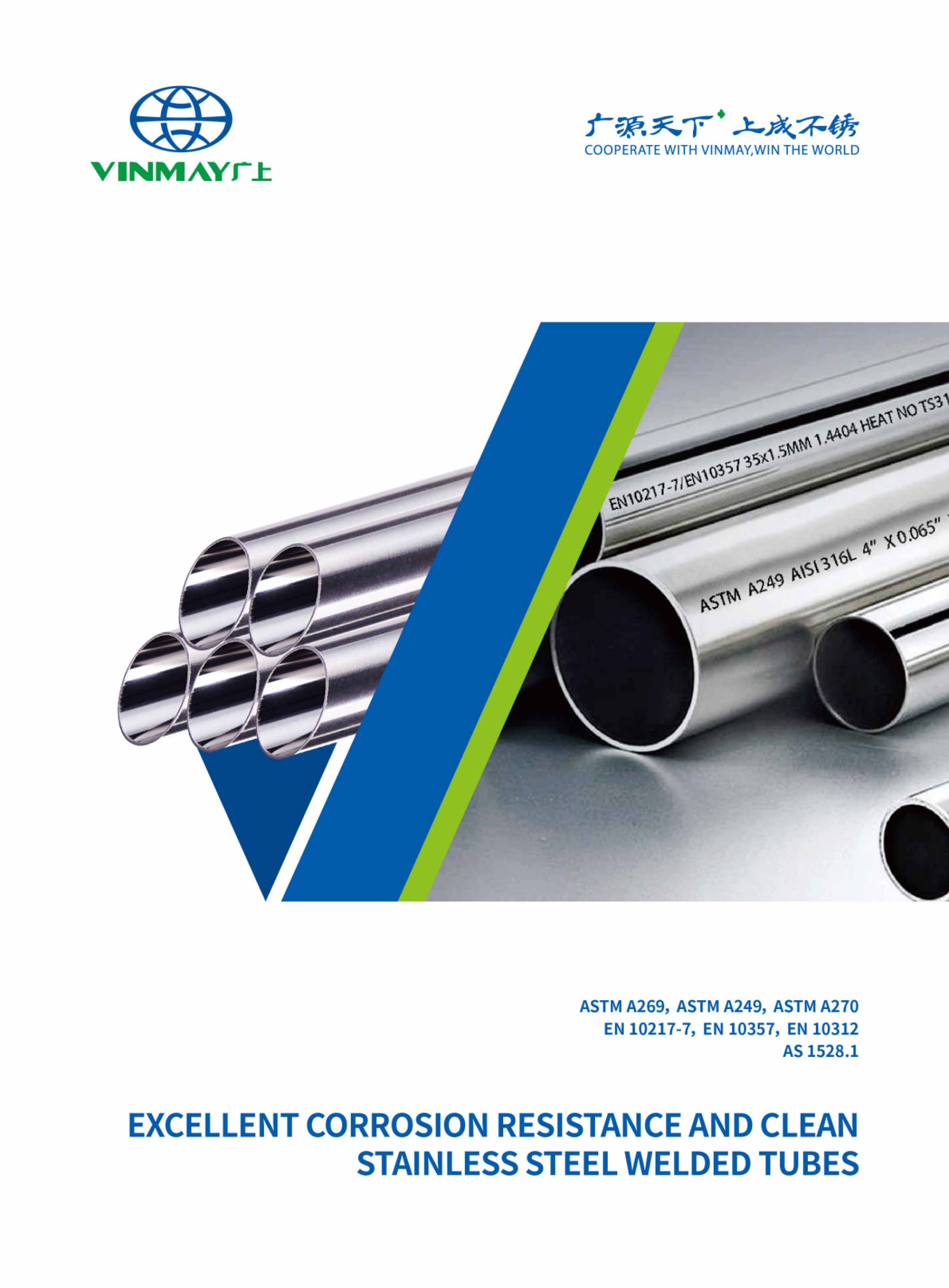Food grade stainless steel vs surgical grade stainless steel is a common comparison among manufacturers, engineers, and designers in the food, medical, and industrial sectors. These two stainless steel classifications share similarities, but they serve entirely different purposes.
In this guide, we’ll explore everything you need to know about food grade stainless steel vs surgical grade stainless steel, including their chemical composition, key differences, advantages, and how to choose the best material for your needs.
Before diving into food grade stainless steel vs surgical grade stainless steel, it’s important to understand the basics of stainless steel. Stainless steel is a corrosion-resistant alloy made from iron, chromium, and other elements like nickel and molybdenum. It’s used in everything from cutlery and kitchen appliances to surgical implants.
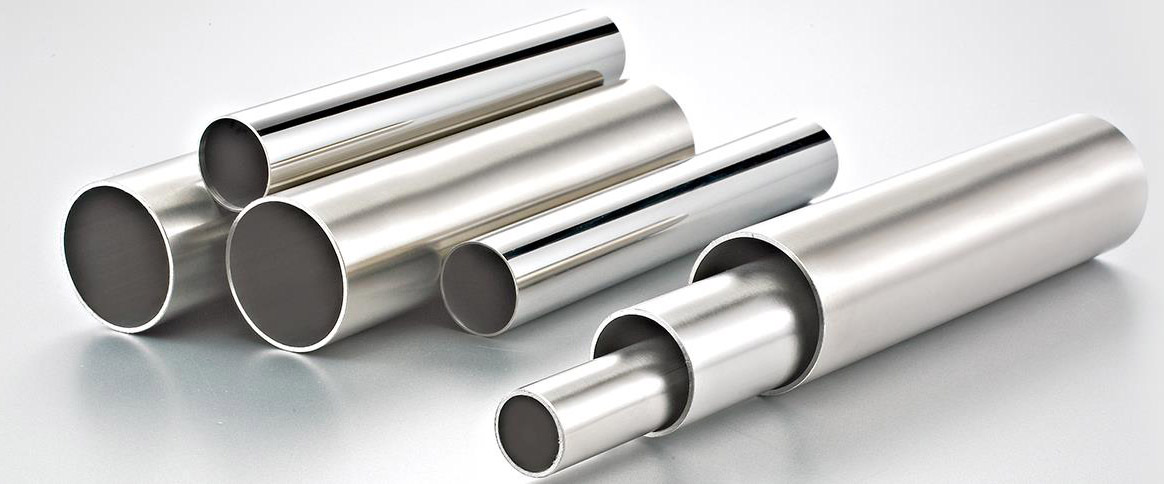
When evaluating food grade stainless steel vs surgical grade stainless steel, the first thing to know is that food grade stainless steel must meet strict hygiene standards. It is used in applications where the steel will come into direct contact with food and beverages.
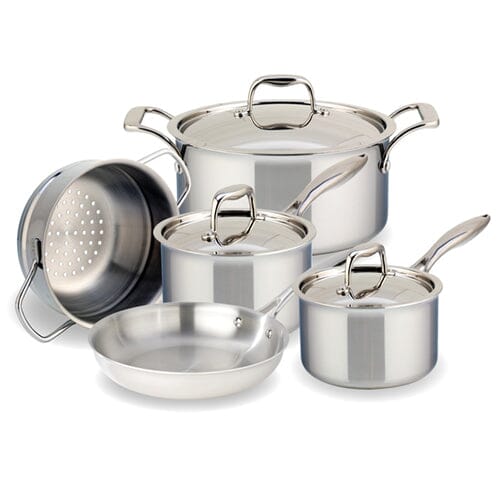
The other half of the food grade stainless steel vs surgical grade stainless steel debate focuses on stainless steel used in medical and surgical environments. Surgical grade stainless steel must be biocompatible, sterilizable, and resistant to body fluids.
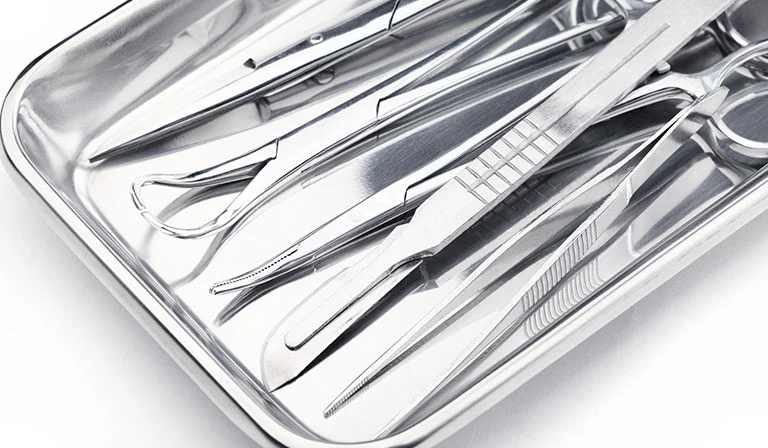
Understanding the chemical differences is crucial when comparing food grade stainless steel vs surgical grade stainless steel. Here's a side-by-side comparison of their common compositions:
| Element | Food Grade (304, 316) | Surgical Grade (316L, 420) |
|---|---|---|
| Chromium | 16-20% | 16-18% |
| Nickel | 8-14% | 10-14% |
| Molybdenum | 0-3% | 2-3% |
| Carbon | ≤ 0.08% | ≤ 0.03% (316L) |
Learn More : Stainless Steel Tube 304 Vs 316
To fully grasp the importance of food grade stainless steel vs surgical grade stainless steel, it’s helpful to break down their differences by property:
| Property | Food Grade | Surgical Grade |
|---|---|---|
| Biocompatibility | Not required | Mandatory |
| Corrosion Resistance | High | Extremely high |
| Cost | Moderate | Higher |
| Surface Finish | Smooth for easy cleaning | Electropolished for implants |
| Standards | FDA, NSF | ASTM F138, ISO 5832-1 |
In the discussion of food grade stainless steel vs surgical grade stainless steel, food-grade applications focus on hygiene, safety, and corrosion resistance. These include:
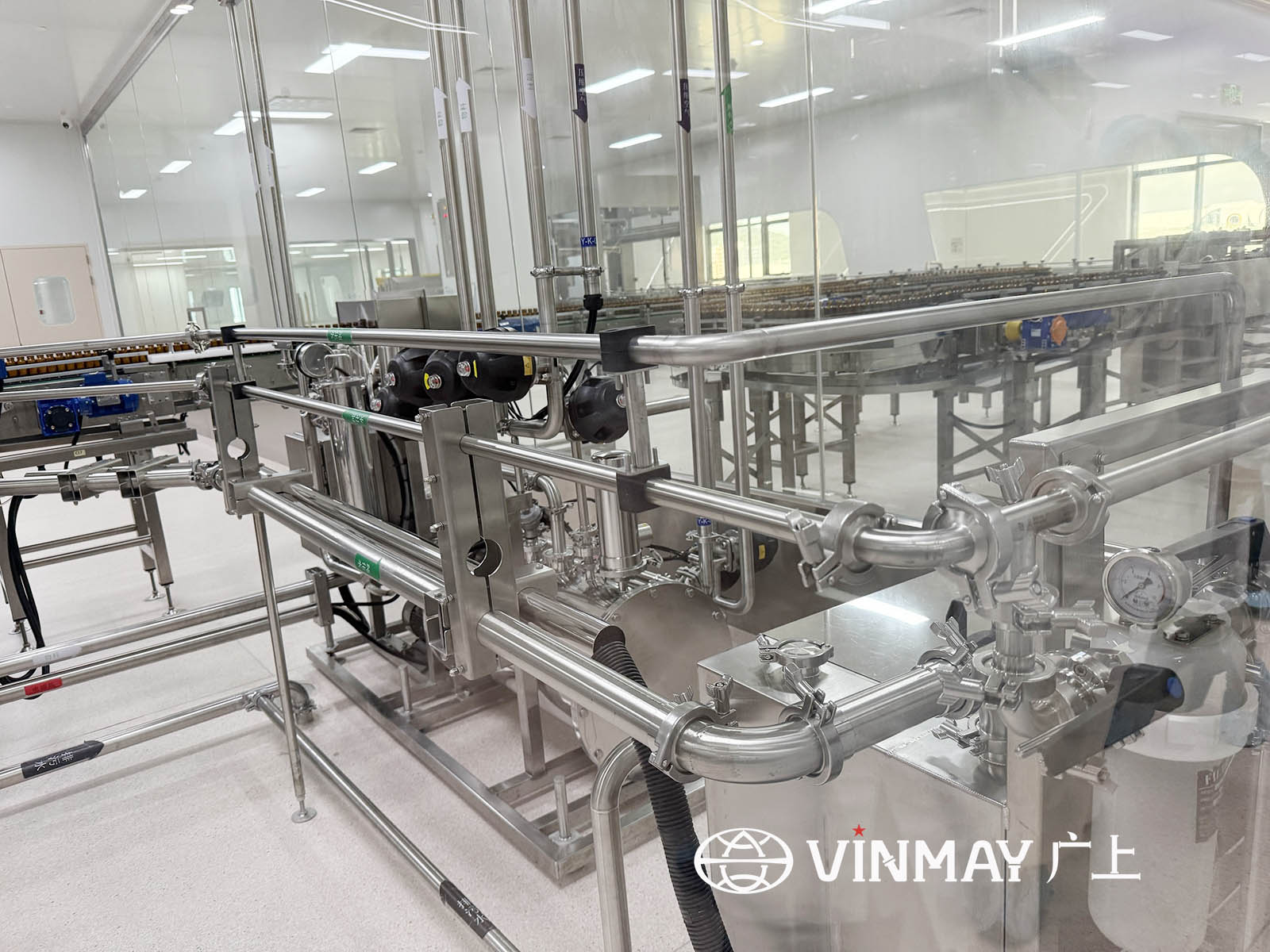
In contrast, surgical-grade stainless steel is used in critical medical environments. If you're considering food grade stainless steel vs surgical grade stainless steel for healthcare, surgical grade is clearly more appropriate for:
A major point in the food grade stainless steel vs surgical grade stainless steel comparison is how well they handle corrosion and heat:
Safety is at the core of both categories in the food grade stainless steel vs surgical grade stainless steel conversation:
From a manufacturer’s perspective, choosing between food grade stainless steel vs surgical grade stainless steel involves several factors:
Absolutely. In fact, surgical grade stainless steel exceeds the standards of food grade. However, in the food grade stainless steel vs surgical grade stainless steel debate, surgical grade may be an unnecessarily costly option unless the food product is highly acidic or the environment highly corrosive.
In some cases, yes—but it's not guaranteed. When comparing food grade stainless steel vs surgical grade stainless steel, remember that only surgical grade is tested and certified for use in the human body.
When selecting food grade stainless steel vs surgical grade stainless steel, the environment plays a key role. Surgical grade (especially 316L) is ideal for:
Whereas food grade stainless steel works well in:
So, which is better?
It depends on your application. In the case of food grade stainless steel vs surgical grade stainless steel, here’s a summary:
| Use Case | Recommended Grade |
|---|---|
| Food equipment | 304 or 316 |
| Marine food processing | 316 |
| Surgical instruments | 420 or 440 |
| Implants and prosthetics | 316L |
| High-purity food applications | 316L (optional) |
The choice between food grade stainless steel vs surgical grade stainless steel ultimately depends on your industry, safety needs, and budget. If you are designing a product that will come into contact with food, go with food grade stainless steel. If your product will interact with the human body or requires surgical sterility, only surgical grade stainless steel will do.
Both types offer outstanding durability and corrosion resistance, but each has a specific role to play in safe, long-lasting product performance. By understanding the properties, standards, and applications of both, you can make a smart, compliant, and cost-effective material choice.
